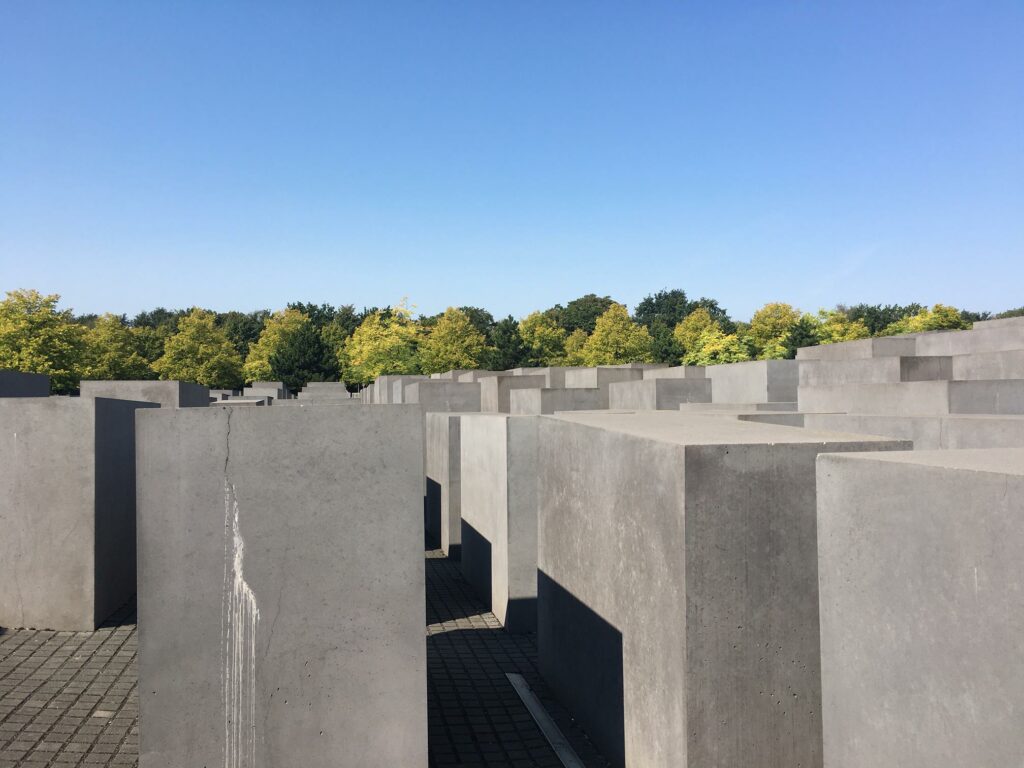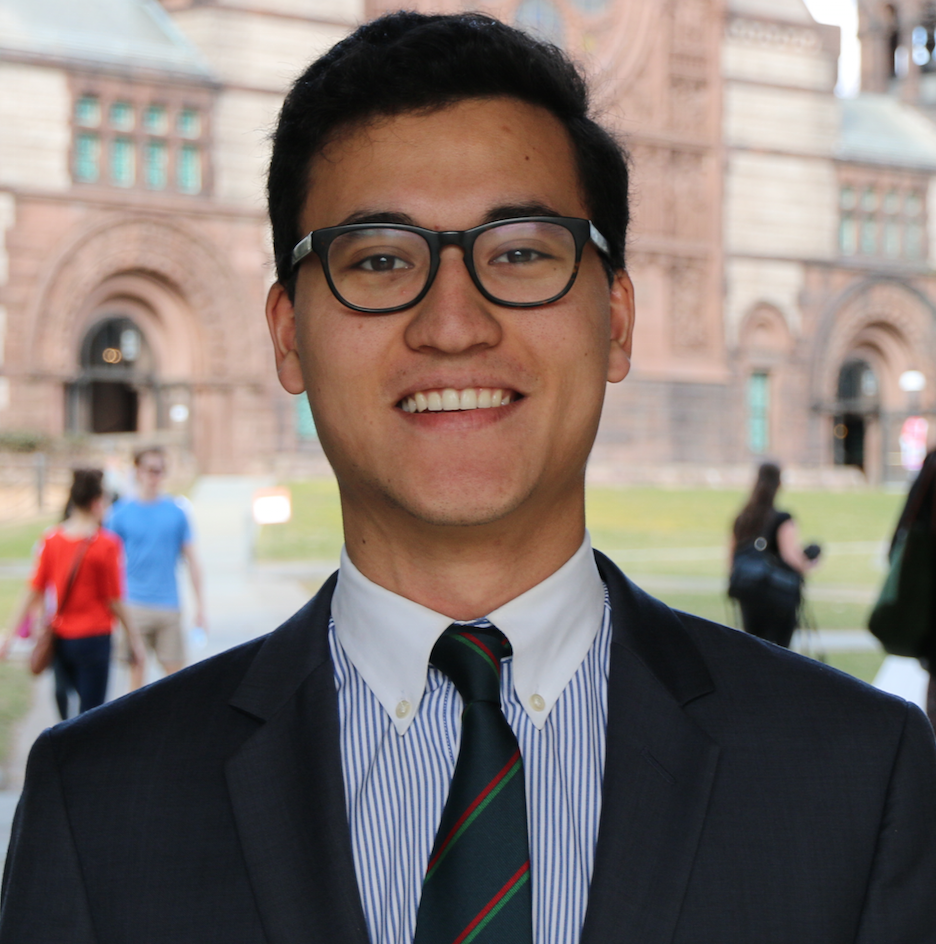
Name: Paul Kigawa
Field of Study: Classics
Expected Graduation: 2019
Summer Program: Documenting European Street Art
Program Location: Europe
Relevance of the Program:
An undergraduate at Princeton University, Paul plans to concentrate in the Classics, with certificates in Entrepreneurship and Environmental Studies. Originally from New York City, Paul grew up with an eye trained on the colorful street art of Downtown Manhattan and Brooklyn. Since 2012, he has run the street art Instagram @StreetArtofParis (accessible at www.instagram.com/streetartofparis), on which he posts original photos. Outside of street art, he has served on the Executive Board of the non-profit Business Today for two years, acting as the Director of Corporate Contacts and Finance. Previously, he served as the Director of the 42nd International Conference. For fun, Paul spends time with family and friends, practices Shavasana, and voraciously consumes Wes Anderson movies.
Recap of Paul’s Experience:
As a result of the Bruce Alan Ebersole Foundation’s generosity, I was able to photograph street art in Berlin this past August. My trip to Berlin was marked by lots of travel on foot, numerous attempts on the city metro, and many snapshots of street art and graffiti throughout the city and its outskirts. My initial task was simple: to document political street art in the lead up to the German federal election on September 24, 2017. Yet upon reaching Berlin, my best-laid plans seemed to go awry. From my initial forays into the city, Berlin’s street art scene touched on the German election somewhat sparingly. Aside from official political posters, few murals or etchings indicated political leanings on the national stage. In striking up conversations with locals, I learned that the German federal election lacked the vitriol of America’s most recent presidential contest, and that I would have to dig deeper to find the pulse of German politics.
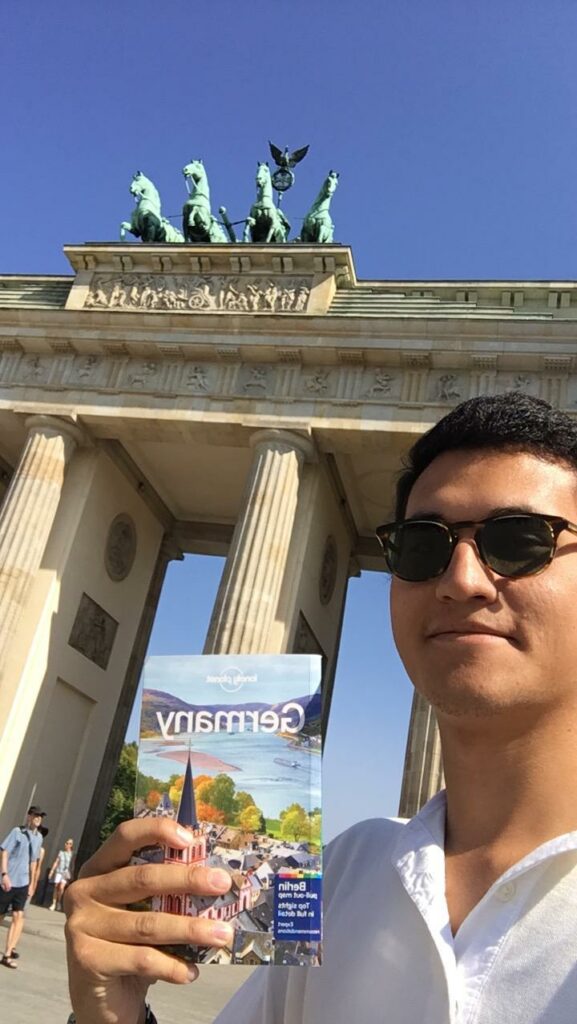
Undaunted, my excursions through Berlin showed me why the vast murals of street art, both old and new, remain a cultural flavor of the German capital. The monumental Berlin Wall, with recently refurbished murals, provided poignant reminders of the physical and ideological barriers between East and West Germany and the omnipresent threat of building walls. The first Berlin Wall mural below, by Carsten Jost and Ulrike Steglich, reads: “Politics is the continuation of war by other means.”

The next recounts those killed attempting to escape from East Berlin.
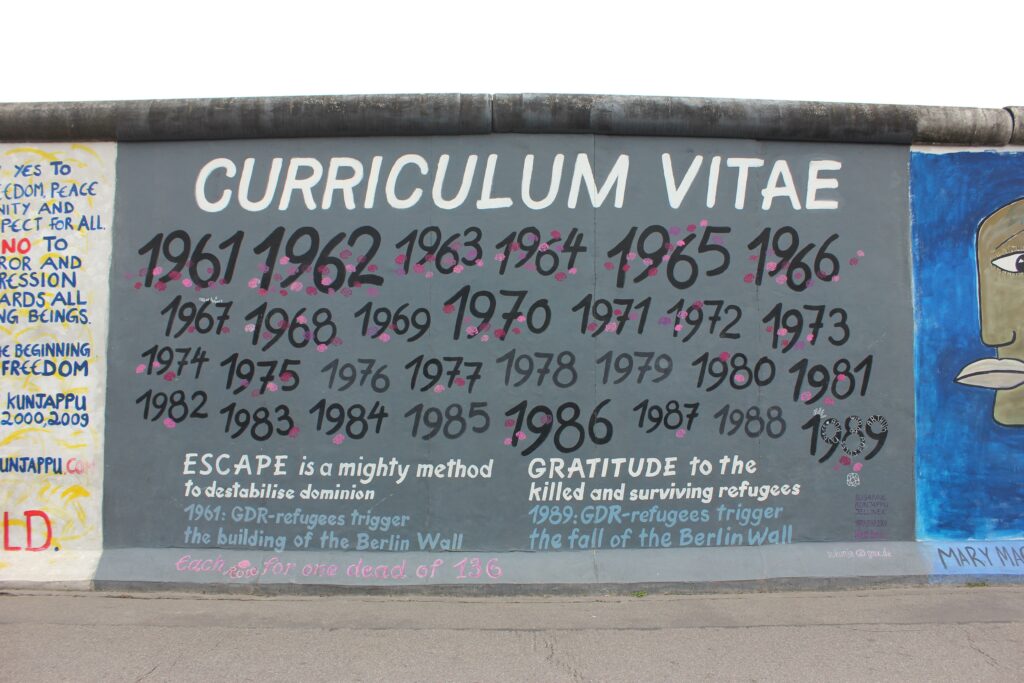
More recent street art, running through the spine of Berlin, offered beautifully painted sights. Many German artists sought to encapsulate day-to-day beauty in the literal and the abstract, whether through portraits, fictional scenes, or political messages.
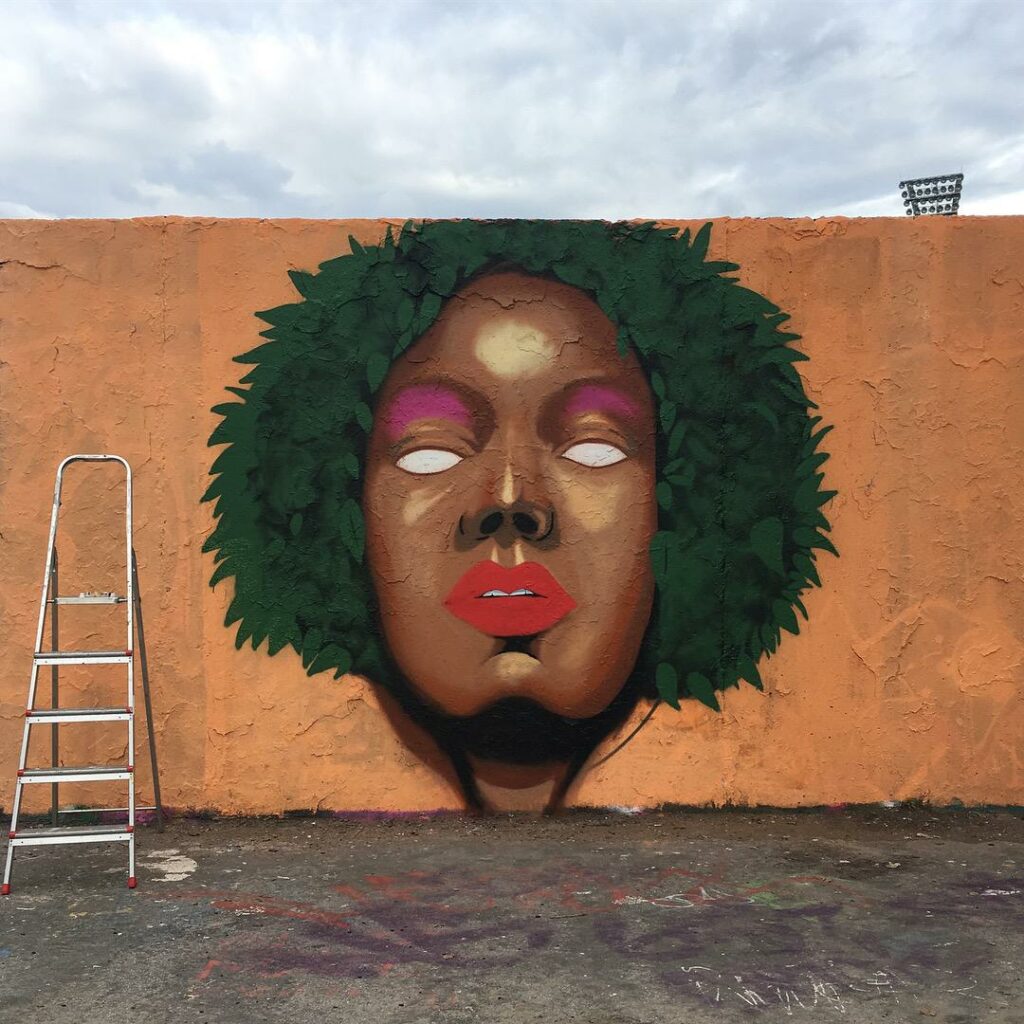
Other murals dug deeper into ongoing political turmoil and national angst. Some artists I found in Teufelsberg expressed a sense of concern about American instability and the ongoing paradigm shift in global politics. Others pointed to a fear of nuclear war. Others still used street art to wrestle with the topics of drug abuse, racial injustice, and other highly fraught social ills. While these pieces may not have directly addressed the upcoming German election, I had the sense that many core components faced a watershed moment in the nearing election.
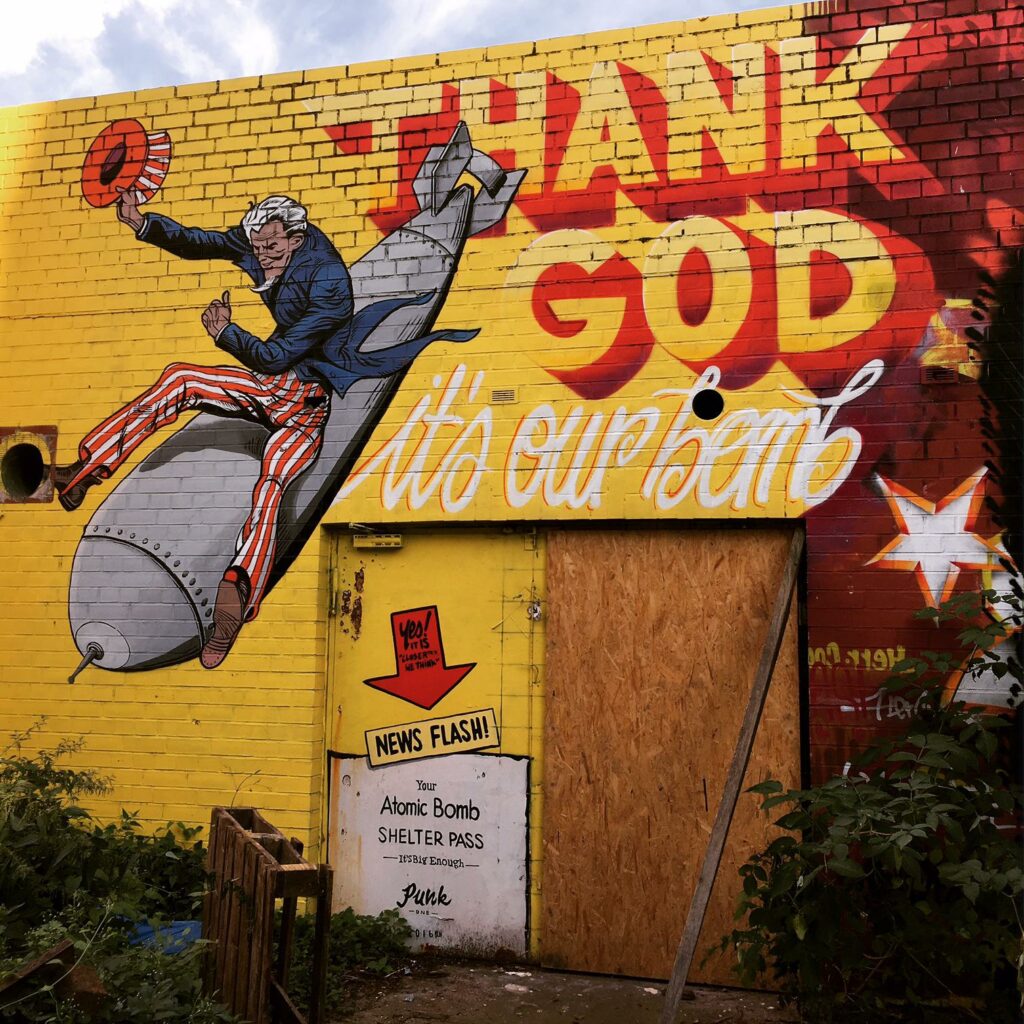
To the relief of many, the German federal election on September 24 concluded with Angela Merkel’s re-election as Chancellor of Germany. Merkel’s party, the Christian Democratic Union, as well as the Social Democratic Party, became the two largest political parties in the Bundestag. However, the German far-right, represented by the Alternative for Germany, won seats in the Bundestag for the first time in party history, indicating an uncharted path ahead. All in all, my trip to Berlin was an incredible foray into the historical and contemporary culture of Germany. My tours through local museums, exhibits, and the stomping grounds of incredible street artists provided a wonderful setting for my photography, and I owe a great deal of gratitude to the Ebersole Fund for making my trip possible.
